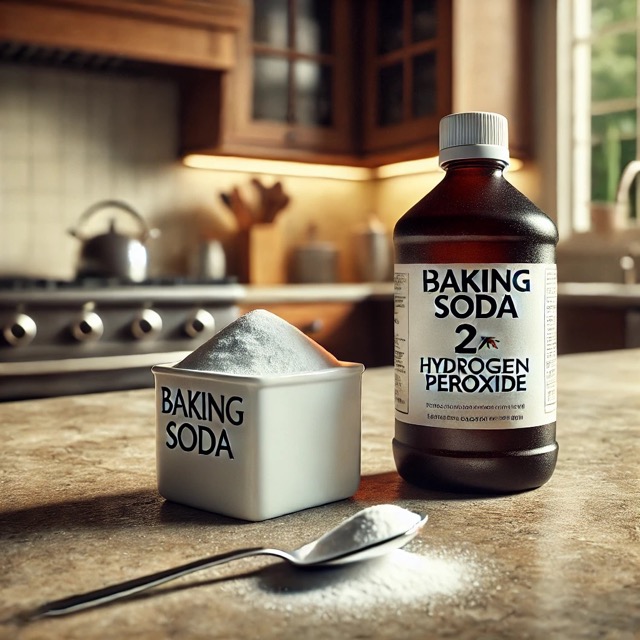1 User Review
★★★★★

We just found this 2007 post from Ted on treating tumors in the hydrogen peroxide section on Earth Clinic and thought it should also be on our cancer remedies page, ergo this duplication. Very interesting.
4/2/2007: Ted from Bangkok writes, "No one uses 1% concentration for internal purposes either. So 3% is way beyond that. In the alternative health field, the maximum is actually 0.5% concentration. Actually and optimum H2O2 concentration was first determined in 1950s by Dr. Reginald Holman by implanting Walker 256 adenocarcinoma tumours. The drinking water for the rat used H2O2 optimum concentration needed to kill the tumors was about 0.45 percent.
Tumours completely disappeared in 15 to 60 days in rats.
Of course, a better way is to add 1/4 teaspoon of baking soda in the glass of 0.45% concentration of H2O2. This can be extended to treatment of almost any kinds of conditions, from viruses, bacteria, microbial infections, pneumonia, tuberculosis, flu, etc.
My own experience of using just baking soda (also increases the body's oxygen) and ascorbate vitamin C for about three weeks for a small tumor to go into remission.
A more effective I think in the future of peroxide therapy is to add baking soda to the 0.45% concentration to normal drinking water since baking soda is alkaline and increases oxygen, while the peroxide furthers this natural increase.
Ted
(Chicago)
08/23/2021
can someone in plain English how to get a .45% concentration?
add 1/4 teaspoon of baking soda in the glass of 0.45% concentration of H2O2.
(Dunedin FL)
08/29/2021
Well, you can make 3% H2O2 by putting 1 oz of 34% food grade H2O2 in a 12 oz bottle and adding 11 oz distilled water to that. To get .5% I would then take 1 oz of the 3% and add it to a bottle with 5oz of distilled water. That's the closest way I can think of. Hope this helps.
(The Netherlands)
02/24/2023



